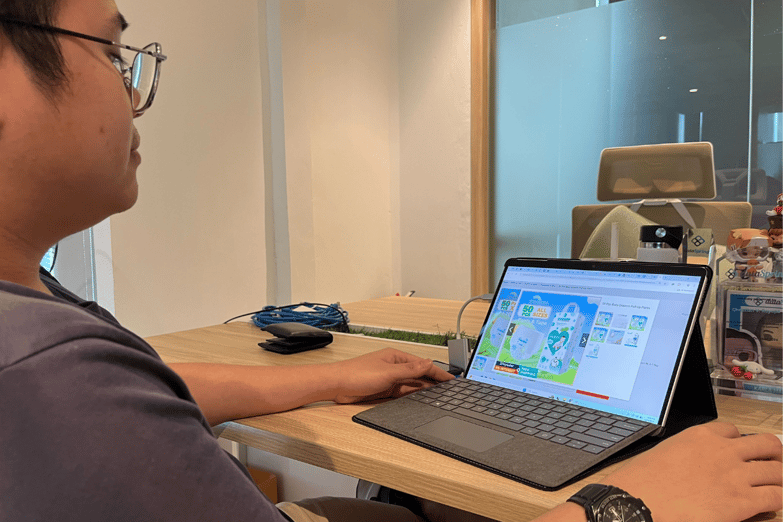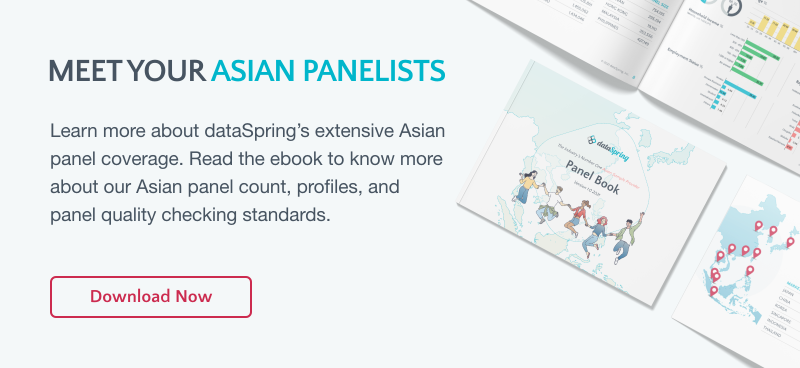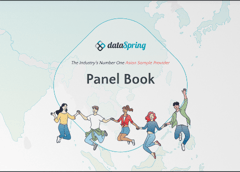Father’s Day in Asia is undergoing a major transformation. Once a modest holiday marked by ties and tools, it now reflects the region’s shifting cultural, economic, and familial dynamics—especially through the lens of modern fatherhood.
Asian fathers are increasingly becoming active participants in household decision-making and consumer behavior, reflecting broader shifts in societal roles and family dynamics across the region. Today, being a dad isn’t just about providing—it's about parenting, participating, and influencing.
Here’s a closer look at the evolving face of Asian fatherhood and how it’s redefining everything from family roles to Father’s Day marketing.
📊 Evolving Roles of Asian Fathers
Traditionally viewed as primary breadwinners, Asian fathers are now more involved in parenting and household responsibilities. This shift is being driven by several key factors:
- Higher female workforce participation is creating more egalitarian domestic environments.
- Declining fertility rates are encouraging deeper parent-child bonds.
- Cultural shifts and government initiatives are promoting shared responsibilities.
A powerful example is Singapore’s “Dads for Life” movement, launched in 2009. This national campaign has helped reframe fatherhood, encouraging men to be more engaged in their children's lives through community events, storytelling, and educational resources. The results are visible—more Singaporean dads are choosing active, present roles at home.
These changes are part of a wider regional trend, seen in both policy and practice.

🛍️ Consumer Behavior and Purchasing Decisions
As dads become more engaged at home, their influence on purchasing behavior is rising rapidly. Gone are the days when fathers were detached from domestic decisions. Today’s modern Asian dads are researching, shopping, and advocating for what’s best for their families.
A study revealed that:
- 52% of Thai fathers occasionally change their babies' diapers.
- 15% do so most of the time.
This reflects a broader shift in household participation. These dads are also making decisions about baby products, school supplies, and even parenting strategies—often seeking information through online reviews, forums, and apps.
The trend is echoed across Asia through the rise of "dad-fluencers"—fathers who share their parenting journeys and product recommendations online. From Instagram reels to YouTube vlogs, they’re influencing buying decisions and offering relatable content for fellow dads. Brands are taking notice and collaborating with these influencers to better connect with male consumers.
🧭 East Asian Dads Step Up
In East Asia, where traditional roles have been more deeply entrenched, fathers are now actively challenging outdated expectations.
In Japan, the concept of “ikumen” (a blend of "ikuji" for childcare and "men") champions hands-on fatherhood. While Japan has long offered paternity leave, social stigma and work culture often discouraged its use. That’s changing. The government is not only encouraging dads to take leave but also actively celebrating those who do.
South Korea is experiencing a similar awakening. Once criticized for its rigid gender roles, the country is witnessing more dads attending parent-teacher meetings, cooking meals, and playing an active part in their children’s lives. Government campaigns are promoting work-life balance and support for co-parenting.
These transformations are crucial in reshaping family structures and enabling greater gender equality at home and in the workforce.
👨👧👦 Millennial Dads: The Best Generation Yet?
Millennial dads across Asia are being hailed as the most involved generation of fathers in history. Raised in the digital age, exposed to global perspectives, and often part of dual-income households, these dads are breaking traditional molds. Parenting for them is not a chore or obligation—it’s a partnership and, often, a point of pride.
According to global studies:
- 57% of millennial dads say fatherhood is central to their identity—nearly on par with mothers.
From attending prenatal classes and changing diapers to being emotionally available, these dads are reframing what it means to “man up.”
They’re also influencing consumer markets:
- Opting for tech-savvy baby monitors over old-school toys.
- Choosing gender-neutral parenting books and eco-friendly diapers.
- Spending time researching product reviews, often from other dads online.
Whether they're shopping for home gadgets, ergonomic baby carriers, or wellness supplements, millennial dads are now key decision-makers—and marketers are taking notes.
🧠 The Takeaway for Brands and Policymakers
Modern Asian fathers are more than just a new demographic—they’re a symbol of cultural transformation. Their increasing involvement in family life and purchasing behavior offers critical opportunities for brands, governments, and communities alike.
Here's how stakeholders can respond:
- Brands should tell authentic stories of fatherhood, partner with dad influencers, and offer products tailored to real-life dad experiences—not outdated stereotypes.
- Governments can further support paternity leave, early childhood programs, and campaigns promoting shared parenting.
- Media and educators must normalize active fatherhood in content, textbooks, and public narratives.
👏 Celebrating the New Dad
Father’s Day in Asia is no longer just about a card and a quiet dinner. It’s a celebration of change—a recognition of the modern dad who shows up, leans in, and shares the parenting journey fully.
This Father’s Day, whether it’s a dad pushing a stroller through a Bangkok mall, prepping lunch in Seoul, or reviewing baby products on YouTube in Manila, let’s raise a toast to the Asian fathers reshaping tradition with every diaper change, every bedtime story, and every thoughtful purchase. They’re not just part of the household anymore. They’re at the heart of it.
Looking for more insights across Asia? This Father’s Day, as we honor the men who nurture, lead, and evolve with their families, take a deeper dive into the region’s shifting social fabric: Declining Birthrate in South Korea: A Look at People's Perceptions and Policy Impacts or Top Trends for Asian Consumer Behavior in 2023. All this and more—only on Eye On Asia. Stay tuned for our next feature! ✨



 Download Panel Book
Download Panel Book


